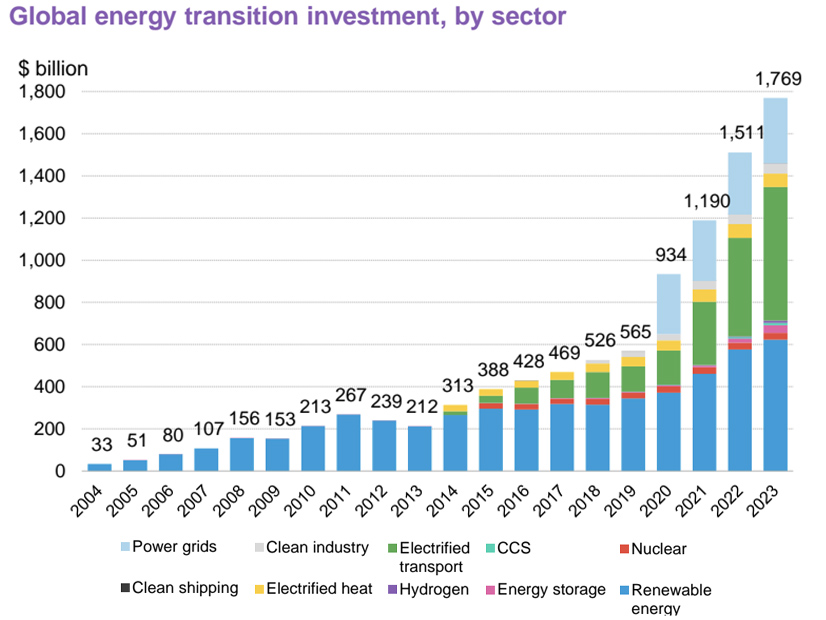BNEF Summit Focuses on Financing Energy Transition, Fast and Slow
DOE’s Crane: New Investment Models Needed for Advanced Grid Technologies
Apr 18, 2024
|
Global investment in passenger electric vehicles was up 36% in 2023, investment in energy storage jumped 77%, and investment in carbon capture and storage nearly doubled.


